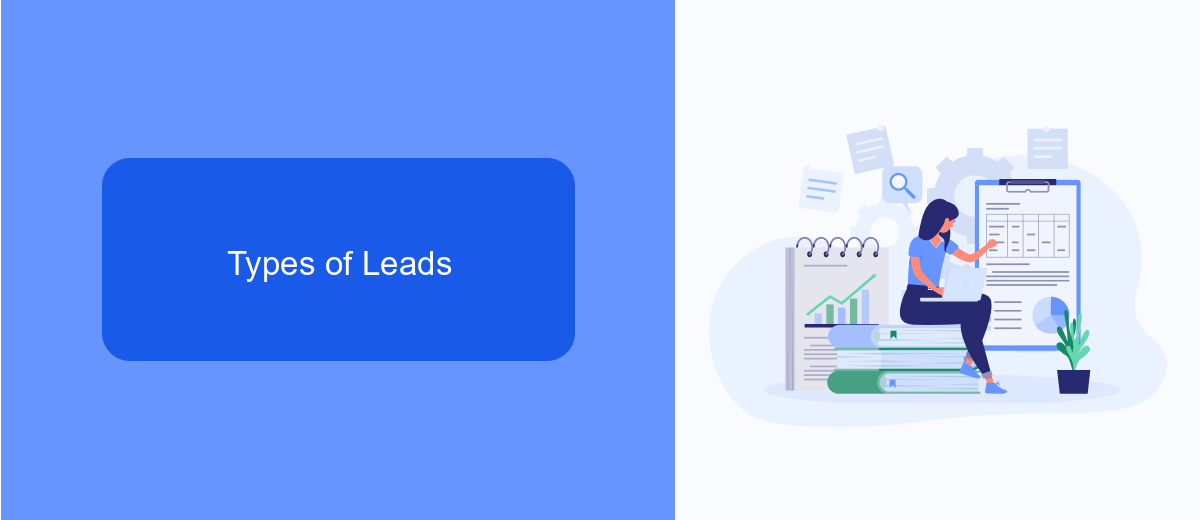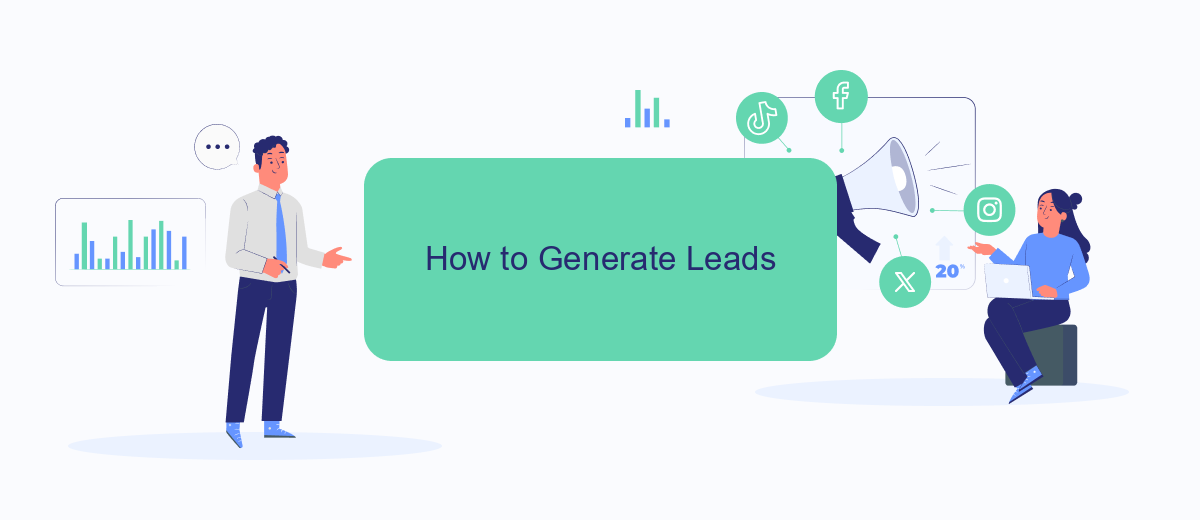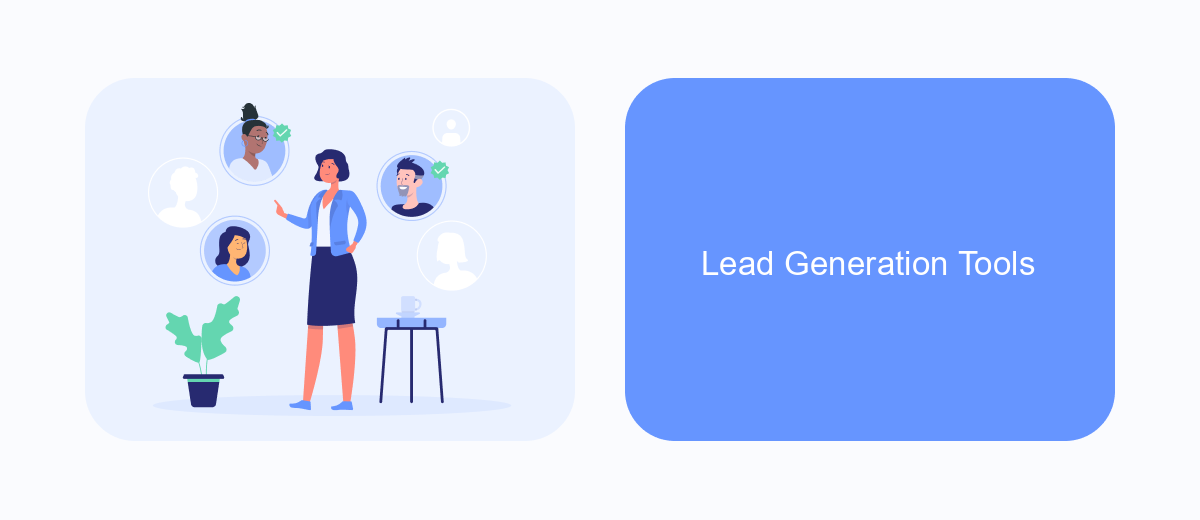Lead generation is a crucial aspect of modern marketing strategies, yet many are still unclear about what exactly a "lead" entails. In essence, a lead is a potential customer who has shown interest in your product or service. Understanding the nature of leads and how to effectively generate them can significantly enhance your business's growth and success.
What is a Lead?
A lead is an individual or organization that has shown interest in your product or service, making them a potential customer. Identifying and nurturing leads is a crucial part of the sales and marketing process, as it helps businesses focus their efforts on those most likely to convert into paying customers.
- Contact Information: Basic details like name, email, and phone number.
- Demographics: Information such as age, location, and job title.
- Behavioral Data: Insights into how they interact with your website or marketing materials.
- Engagement Level: The extent to which they have engaged with your brand, such as attending webinars or downloading resources.
Effective lead generation involves various strategies, including content marketing, social media campaigns, and email marketing. Tools like SaveMyLeads can streamline this process by integrating different platforms and automating data collection, making it easier to manage and nurture leads. By leveraging such tools, businesses can optimize their lead generation efforts and ultimately drive more conversions.
Types of Leads

In the realm of lead generation, understanding the different types of leads is crucial for tailoring your marketing strategies effectively. Primarily, leads can be categorized into three main types: cold, warm, and hot leads. Cold leads are individuals or businesses that have shown no prior interest in your product or service. These leads require significant effort to engage and convert, often through outreach methods like cold calling or email campaigns.
Warm leads, on the other hand, have shown some level of interest or engagement with your brand. They might have visited your website, signed up for a newsletter, or interacted with your social media posts. These leads are more likely to convert than cold leads but still require nurturing. Hot leads are those who have expressed a strong interest in your product or service and are ready to make a purchase. Integrating services like SaveMyLeads can help streamline the process of capturing and nurturing these leads by automating workflows and ensuring timely follow-ups, thereby increasing the chances of conversion.
How to Generate Leads

Generating leads is a crucial aspect of any business strategy, as it helps in identifying potential customers and nurturing them into loyal clients. To effectively generate leads, businesses need to employ a variety of tactics and tools that can capture the interest of potential clients and convert them into actionable leads.
- Content Marketing: Create valuable, informative content that addresses the needs and pain points of your target audience. This can include blog posts, eBooks, webinars, and videos.
- Social Media Engagement: Utilize social media platforms to engage with your audience, share content, and promote your products or services.
- Email Marketing: Build and segment your email list to send personalized and relevant messages to your prospects.
- SEO Optimization: Optimize your website and content for search engines to increase organic traffic and visibility.
- Lead Generation Tools: Use tools like SaveMyLeads to automate the process of capturing and integrating leads from various sources into your CRM system.
By implementing these strategies, businesses can effectively attract, engage, and convert potential customers into leads. Tools like SaveMyLeads can streamline the lead generation process, ensuring that no potential customer slips through the cracks. Consistent effort and adaptation to market trends are key to maintaining a robust lead generation strategy.
Lead Generation Tools

Lead generation tools are essential for capturing and converting potential customers into leads. These tools help streamline the process, making it more efficient and effective. They come in various forms, each designed to target different aspects of lead generation, from data collection to nurturing and conversion.
One of the key benefits of using lead generation tools is the ability to automate and integrate multiple tasks. This not only saves time but also ensures that no potential lead is overlooked. Many tools offer features such as email marketing, social media integration, and customer relationship management (CRM) systems.
- Email marketing tools: These help in creating, sending, and tracking email campaigns.
- CRM systems: Manage and analyze customer interactions and data throughout the customer lifecycle.
- Social media tools: Automate posting and engagement on social media platforms.
- Landing page builders: Create optimized landing pages to capture leads.
- Integration services: Tools like SaveMyLeads enable seamless integration between various platforms, ensuring data flows smoothly.
Using the right combination of these tools can significantly enhance your lead generation efforts. By automating repetitive tasks and ensuring seamless data integration, you can focus more on developing strategies to attract and convert high-quality leads.
Benefits of Lead Generation
Lead generation offers numerous benefits for businesses seeking to expand their customer base and increase revenue. By identifying and targeting potential customers, companies can focus their marketing efforts on individuals who are more likely to be interested in their products or services. This targeted approach not only enhances the efficiency of marketing campaigns but also improves conversion rates, leading to higher sales and a better return on investment.
Moreover, lead generation allows businesses to build and nurture relationships with prospective clients through personalized communication and engagement. Utilizing tools like SaveMyLeads, companies can automate the process of capturing and managing leads, ensuring that no potential customer is overlooked. SaveMyLeads integrates seamlessly with various platforms, streamlining workflows and enabling businesses to respond promptly to inquiries. This level of efficiency and responsiveness can significantly enhance customer satisfaction and loyalty, ultimately contributing to long-term business growth.
FAQ
What is a lead in lead generation?
How do you generate leads?
What is the difference between a lead and a prospect?
How can automation help in lead generation?
What is SaveMyLeads and how does it help in lead generation?
Are you using Facebook Lead Ads? Then you will surely appreciate our service. The SaveMyLeads online connector is a simple and affordable tool that anyone can use to set up integrations for Facebook. Please note that you do not need to code or learn special technologies. Just register on our website and create the necessary integration through the web interface. Connect your advertising account with various services and applications. Integrations are configured in just 5-10 minutes, and in the long run they will save you an impressive amount of time.
